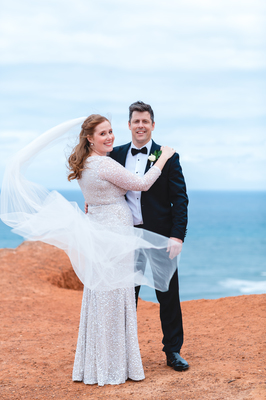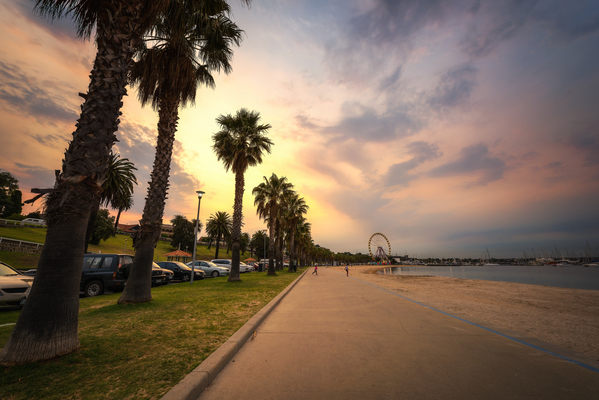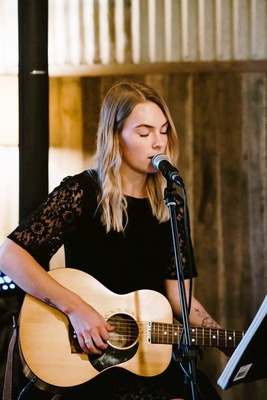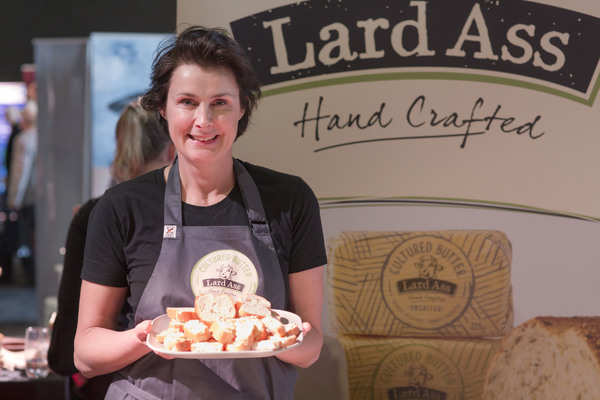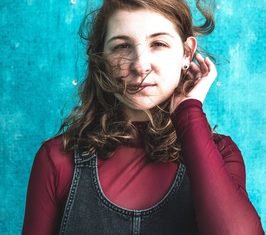Whether it’s for eternity or to celebrate a special event, rings have special meaning. MARCUS ROSE explains…
Every life is finite, unique and unrepeatable.
The joyous moments in life become treasured memories, often commemorated with the giving of precious gifts.
It is established custom that we mark our important milestones with the giving of eternity rings and celebration jewellery, indeed people have been doing this for centuries. It is natural for us to honour our anniversaries, our marriages, the birth of our children and achievements in life.
Eternity rings are considered the ultimate celebratory gift. They stem from the Egyptian idea of an eternal ring, a continuous circle that can never be broken.
This concept continues to define the modern eternity ring and this is where its name is derived. The name symbolises love and commitment.
The eternity ring is designed and made for easy-wear, skilfully crafted to securely hold a matched set of diamonds of equivalent colour, clarity and cut. Made from precious metals and indestructible diamonds, they are the perfect metaphor for everlasting love and everything that endures.
Charles Rose has a fine range of eternity styles and also craft bespoke eternity rings. These made-to-order designs have two main advantages: they fit perfectly and are the correct height and shape to prevent damage from rubbing between rings and they are a perfect match, taking design cues from the ring they are to sit next to.
These rings are all originals, worthy of celebration and joy.
For over three generations Charles Rose artisans have crafted handmade pieces worthy of the title heirloom; to sparkle for eternity and be handed down for generations to come.
The first step in making the eternity ring is to draw the design. Then it is necessary to source the finest materials.
Finally, the item is crafted by hand.
Charles Rose also features a range of pret-a-porter diamond jewellery that is original and exquisite, down to the finest detail.
Superb customer service, a beautiful range to select from, or have made-to-order, and a lifetime guarantee.
https://charlesrose.com.au/







